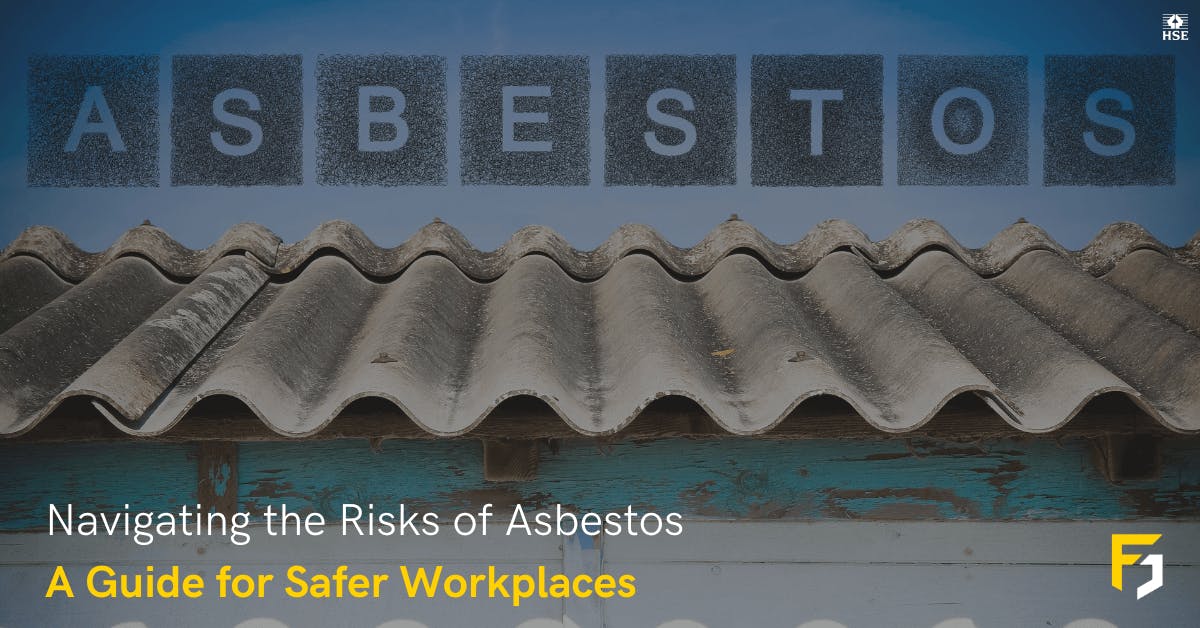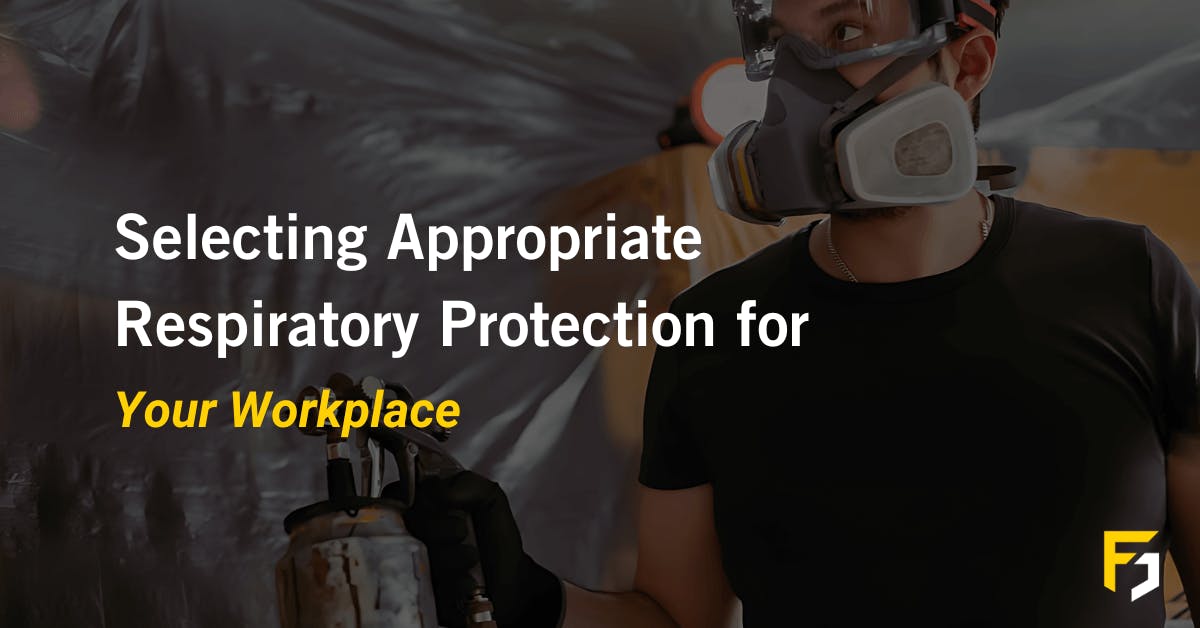
Navigating the Risks of Asbestos: A Guide for Safer Workplaces

Asbestos, once a popular building material, is now known for its significant health risks, particularly in work-related environments. Few hazards have garnered as much attention and concern as asbestos. Once lauded for its fire resistance and durability, this naturally occurring mineral has become infamous for its adverse health effects. Asbestos exposure remains the single greatest cause of work-related deaths in Great Britain, a statistic that the Health and Safety Executive (HSE) is earnestly working to change.
The HSE's recent campaign highlights the ongoing risks posed by asbestos in various work environments and reinforces the need for comprehensive management and safety measures. At Frontline Safety, we understand the gravity of these risks and the vital role that effective detection, protective equipment, and adherence to safety regulations play in mitigating them. This guide aims to provide an in-depth look at the dangers of asbestos, practical steps for managing these risks, and how Frontline Safety, in partnership with Dräger, offers solutions that protect your workforce and ensure compliance.
Understanding Asbestos and Its Risks
Asbestos, a group of naturally occurring fibrous minerals, was widely used for its durability and resistance to heat. The primary danger of asbestos lies in its microscopic fibres. These tiny fibres are released into the air when asbestos materials are disturbed. Once inhaled, they can become trapped in the lungs and remain there for years. Over time, these fibres can cause inflammation and scarring, leading to severe health issues, including:
- Asbestosis: A chronic lung disease caused by inhaling asbestos fibres, characterized by scarring of lung tissue and shortness of breath.
- Lung Cancer: Asbestos exposure significantly increases the risk of lung cancer, a leading cause of asbestos-related deaths.
- Mesothelioma: A rare form of cancer predominantly caused by asbestos exposure, affecting the lining of the lungs and, less commonly, the abdomen.
Despite its ban in many countries, asbestos remains present in numerous older buildings, including schools, homes, and industrial sites. This ongoing presence makes understanding and managing asbestos exposure crucial for safety in the workplace.

Insights from HSE's New Campaign
The Health and Safety Executive's (HSE) latest campaign on asbestos is a crucial initiative, underlining the ongoing challenges and risks associated with asbestos in the workplace. Despite the ban on using asbestos in new constructions in the UK since 1999, its legacy endures, hidden within the fabric of many existing structures.
This campaign serves as a timely reminder of the critical need for vigilance and continuous asbestos management. It underscores the need for robust safety measures and up-to-date training to protect workers from this hidden hazard.
Navigating Asbestos Management in the Workplace:
Mastering asbestos management is critical for workplace safety. This involves a series of strategic steps that enable businesses to effectively handle asbestos, ensuring compliance with legal requirements and the safety of all personnel. Here's how to navigate these challenges:
- Identification of Asbestos-Containing Materials (ACMs): Identify potential ACMs in your facilities. Accredited professionals can conduct comprehensive surveys to ascertain the presence of asbestos.
- Risk Assessment: Assess the risk associated with identified ACMs. Evaluate their condition, the likelihood of disturbance, and the potential exposure risks.
- Asbestos Register Creation: Legally, you must maintain an asbestos register detailing the location, condition, and type of any asbestos found. This document should be regularly updated.
- Development of a Management Plan: Construct a detailed asbestos management plan outlining the management of identified risks, including timelines for review and any necessary remedial actions.
- Staff Training and Awareness: Equip your staff with the knowledge to identify and handle ACMs safely through regular training sessions.
- Ongoing Monitoring and Reassessment: Regular inspections and reassessments are essential to ensure that ACMs are not disturbed and control measures remain effective.
Reach Out to Frontline Safety for Asbestos Management Solutions
Navigating the complexities of asbestos management in the workplace can be daunting. However, you don't have to face these challenges alone. Frontline Safety is committed to providing top-notch solutions and expert guidance to ensure your workplace is safe and compliant with asbestos regulations.
Whether you need advanced respiratory protection equipment, customised solutions for your unique workplace environment, or comprehensive training for your team, we are here to assist you. Our partnership with leading manufacturers ensures access to the best-in-class safety technology to protect against asbestos exposure. HSE will check how asbestos is managed when visiting a range of buildings – like schools and hospitals – requiring those responsible for managing asbestos risks to ensure they have suitable arrangements.
Contact our team for guidance on creating a safer workplace and meeting asbestos regulations. Let's ensure the health and well-being of your workforce together!





